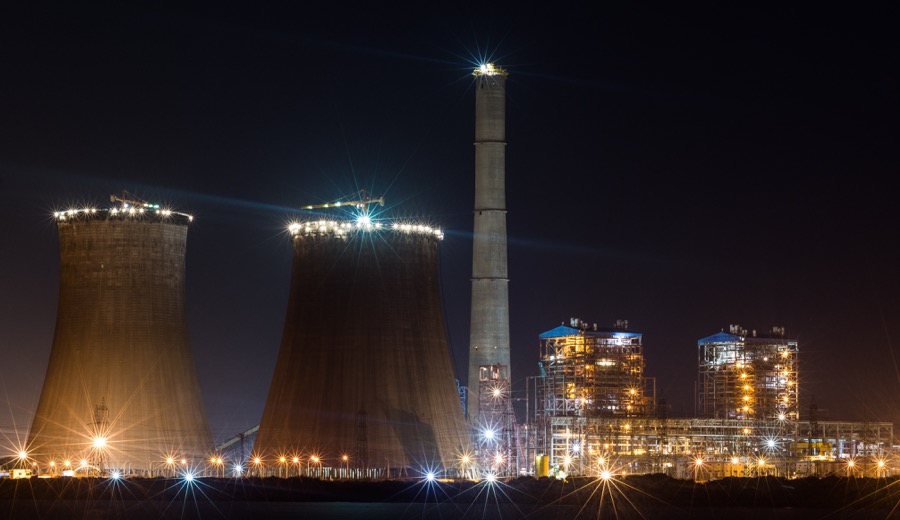A coal-powered plant in Tuticorin, India has found an innovative way to capture carbon emissions — by recycling them into soda ash, an ingredient in common household products like bleach, sweeteners, and even your toothpaste.
The typical carbon capturing method filters out the carbon before it is released into the atmosphere and stores it in a separate containment. But Tuticorin is changing it up by crystallizing the coal and turning it into soda ash — otherwise known as baking soda.
That baking soda byproduct means Tuticorin has made carbon capture profitable: Not only is it environmentally wise, but dirty waste is being re-imagined to sell plastic, rubber, or glass manufacturing.
With solar, wind, and hydropower resources becoming more accessible to the masses, the demand for natural gas is expected to be on the decline, making this carbon capture method attractive to businesses and consumers alike. According to the Ren21 Global Status Report for 2015, the world invested twice as much in clean energy as they did in the oil and gas industry. Previous roadblocks have stopped the U.S. from investing in carbon capture in the past. But this new mechanism can be outfitted to any plant — no matter how old — and is much more affordable.
Visit source link here!


Comments are closed